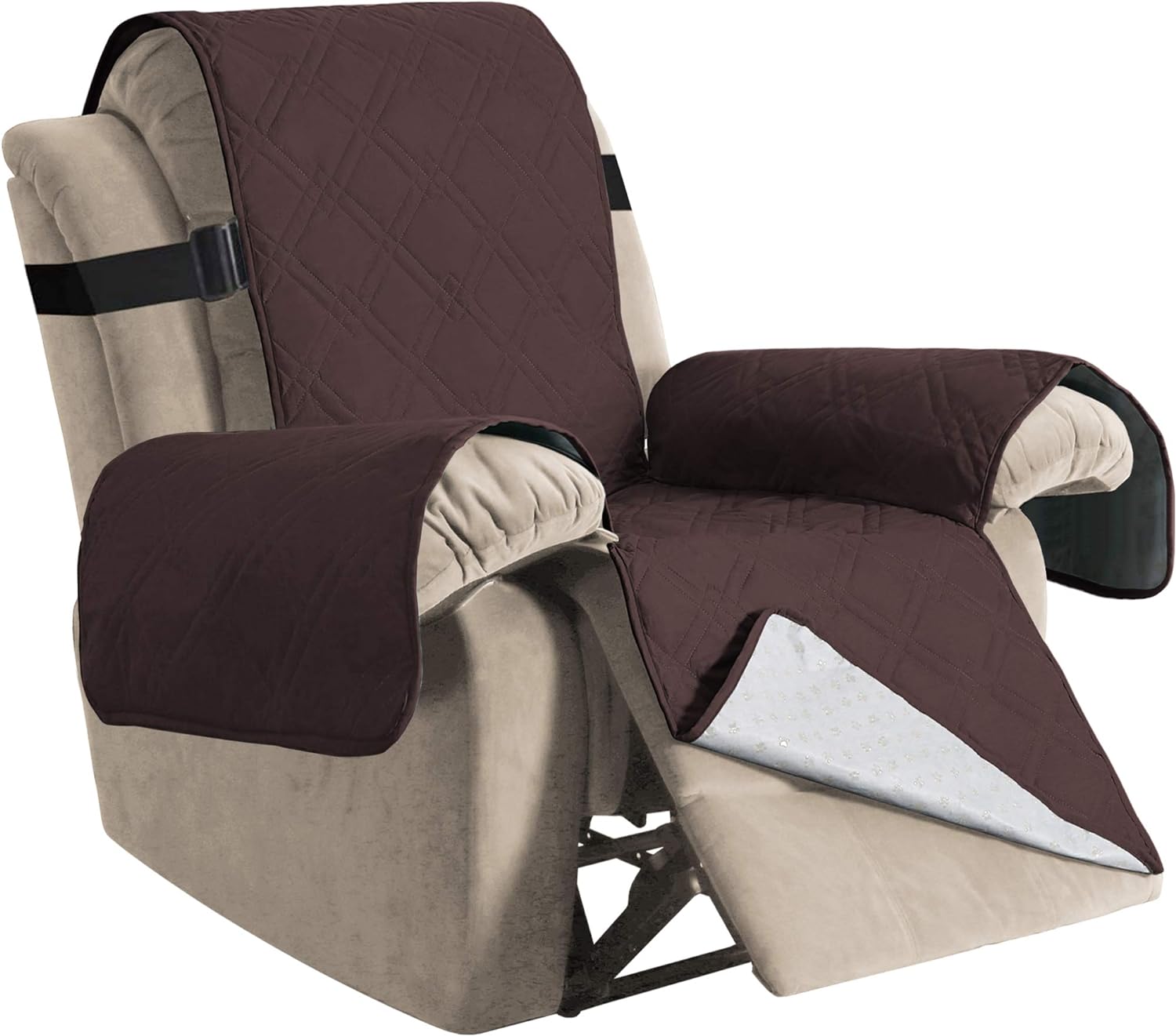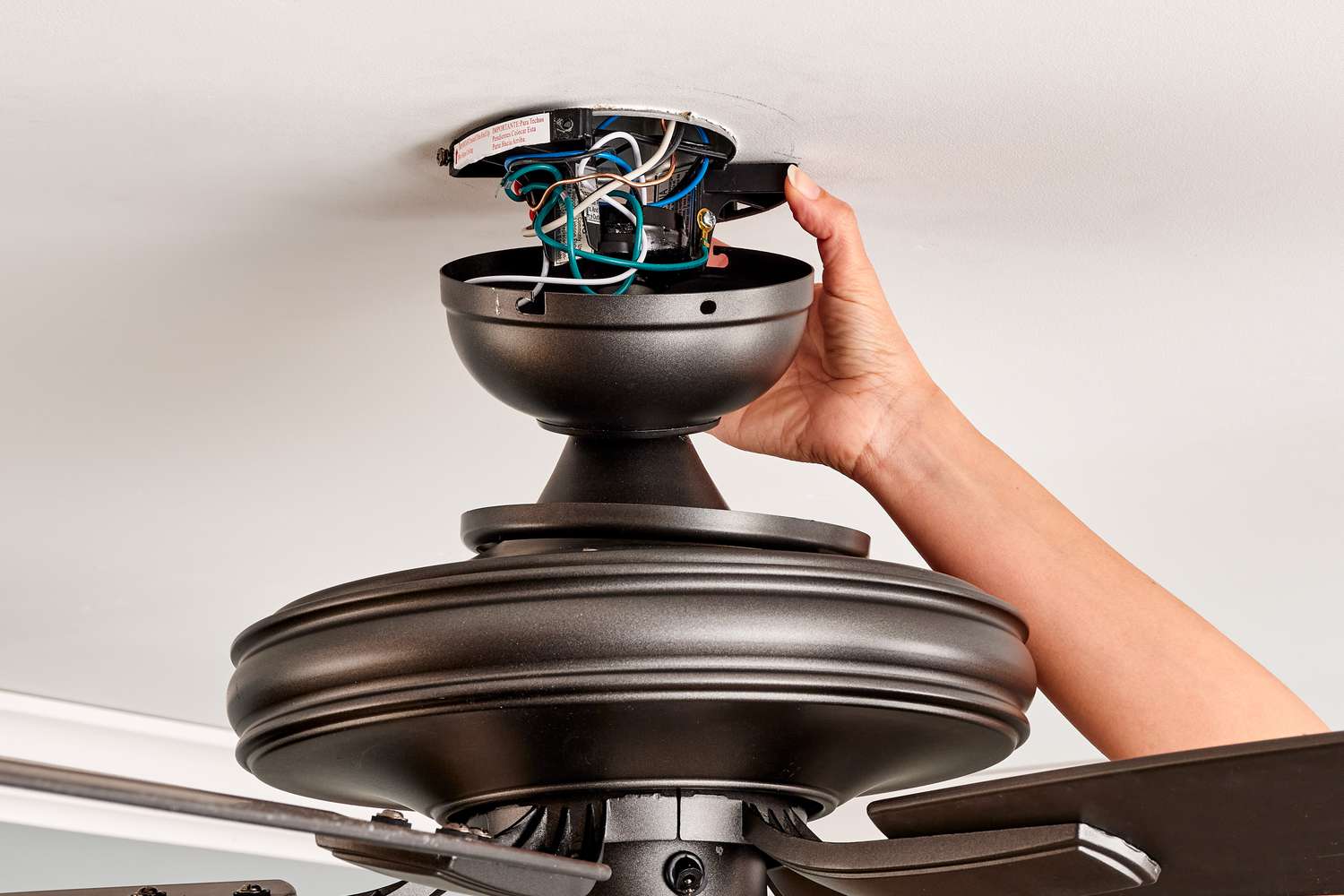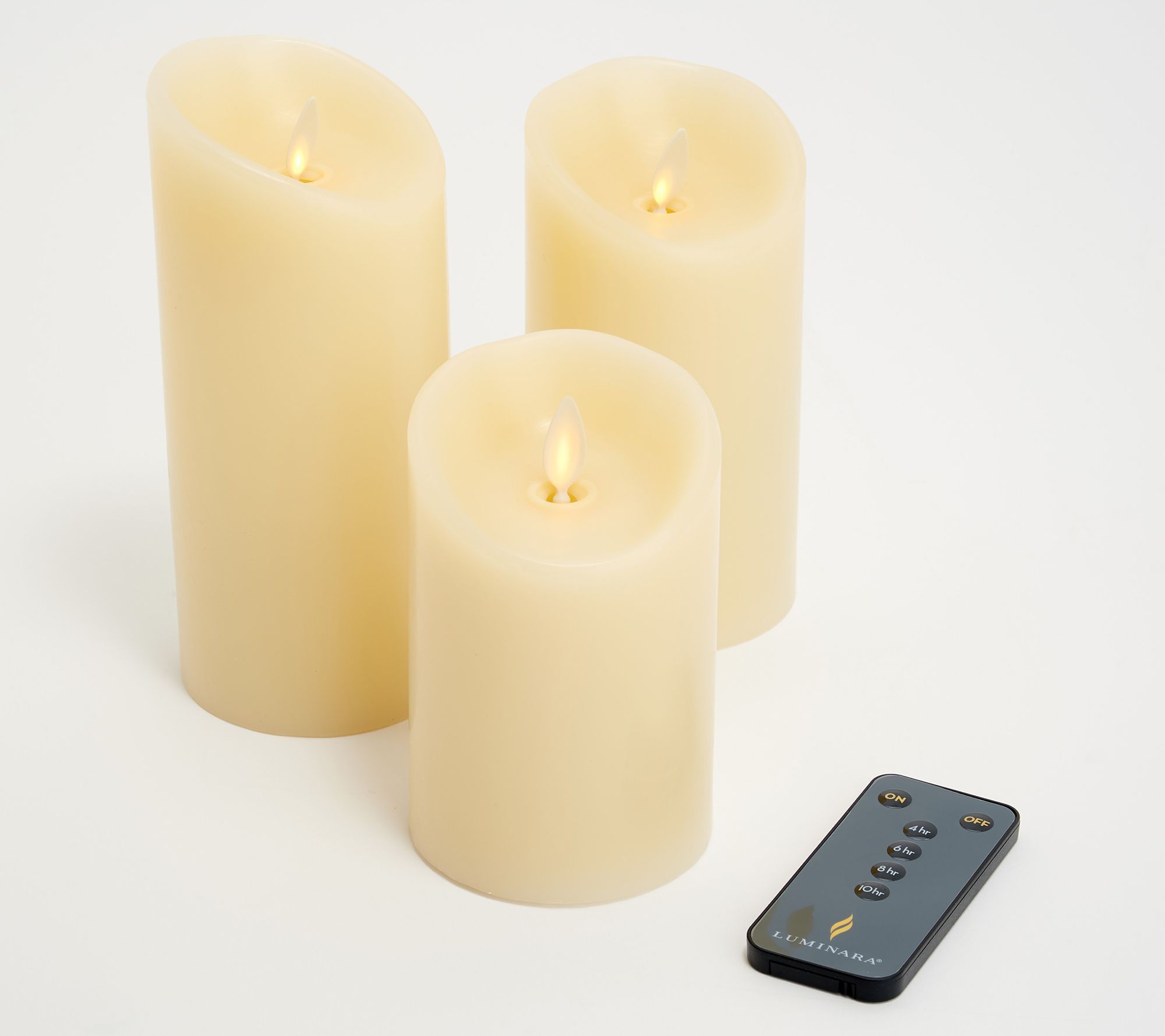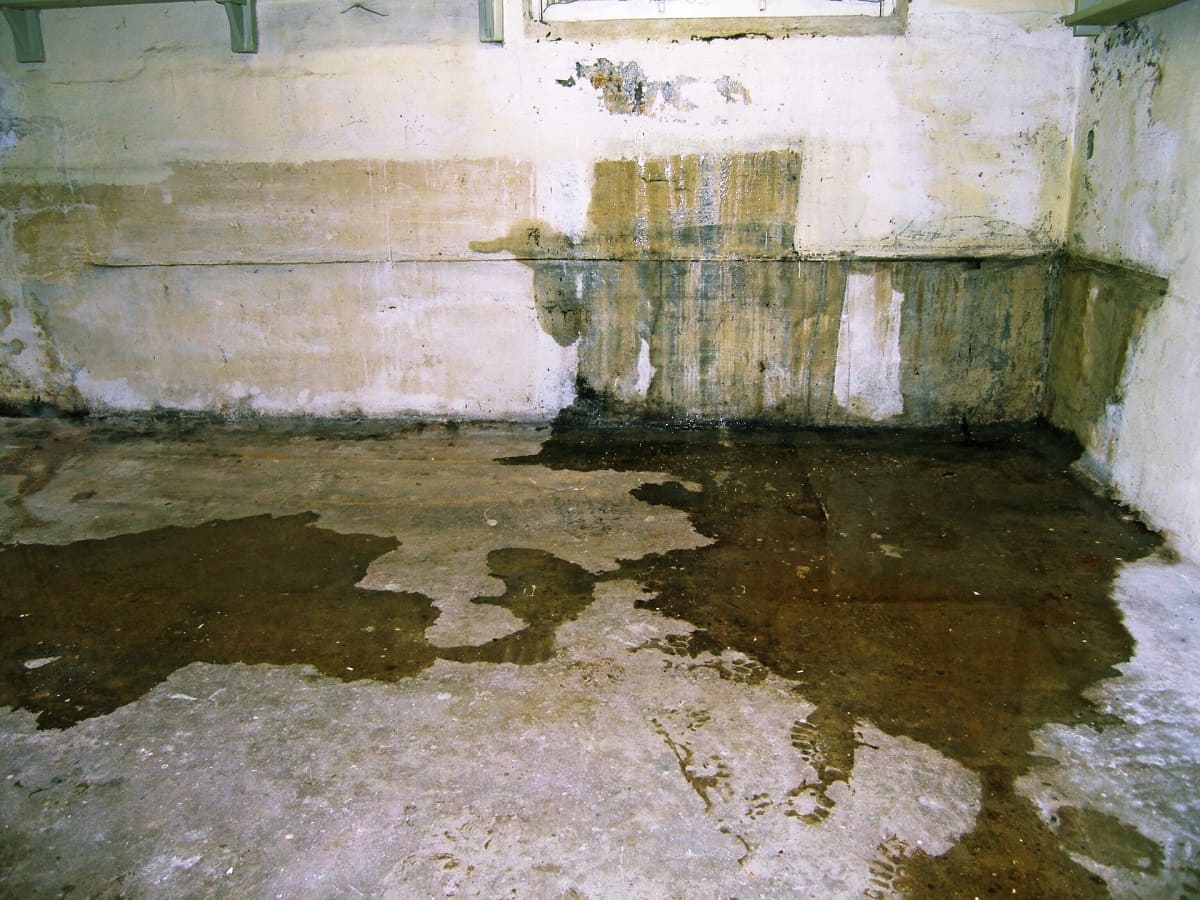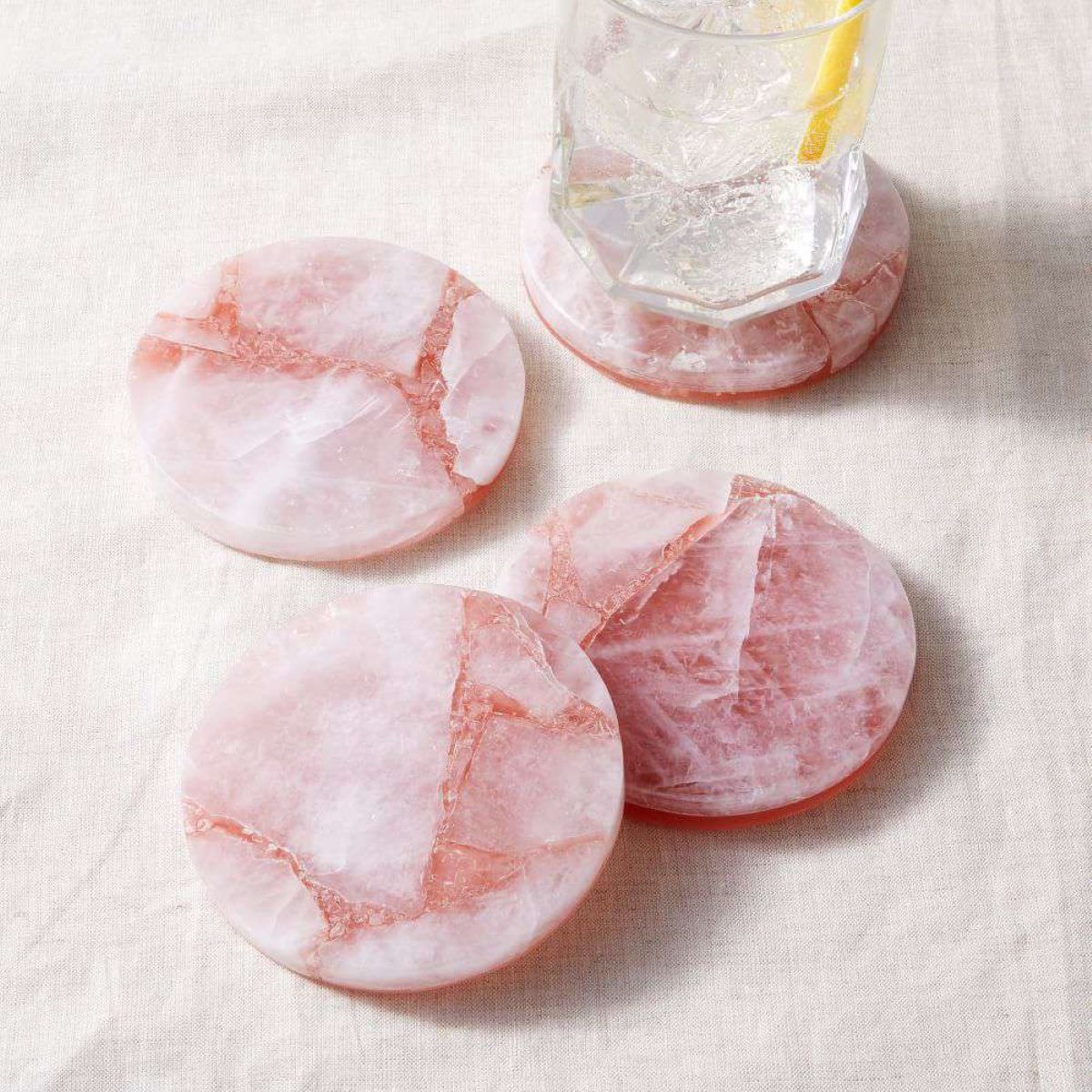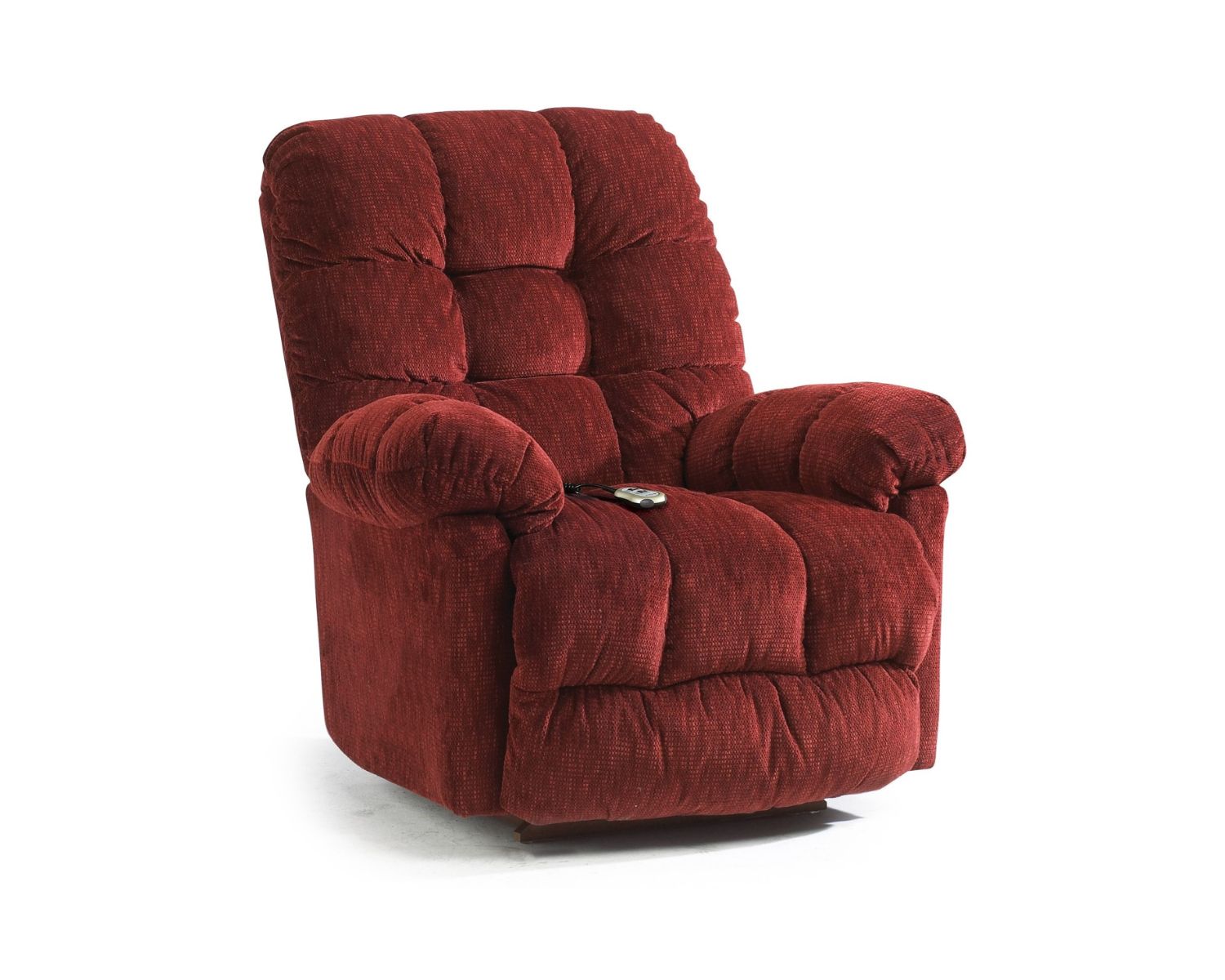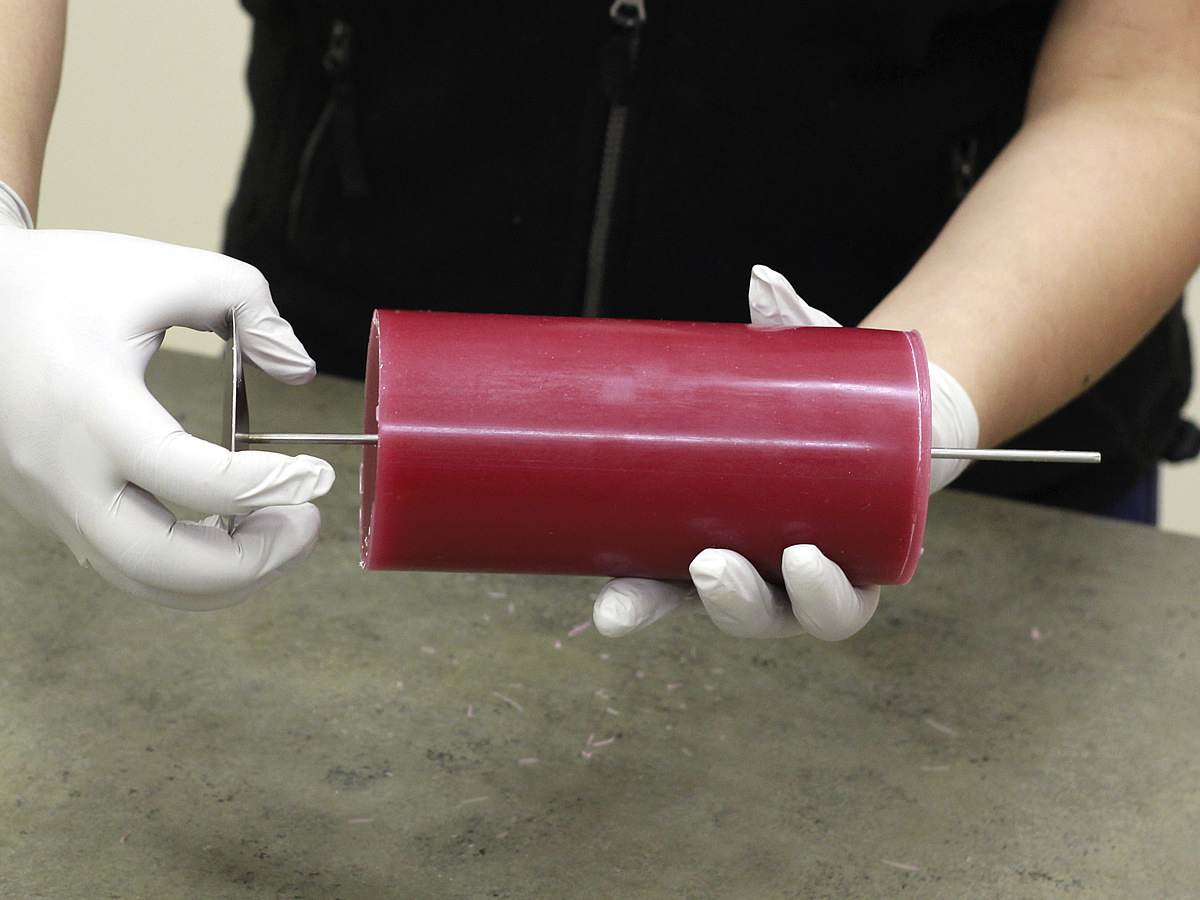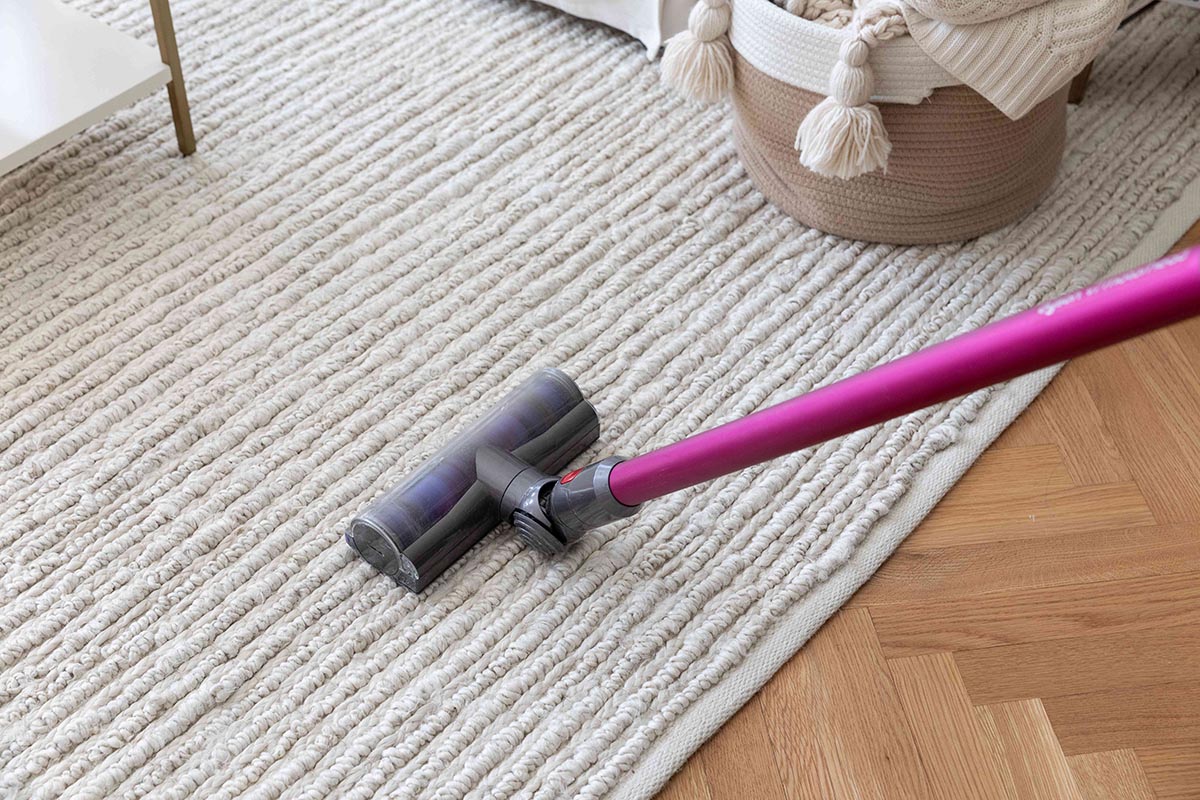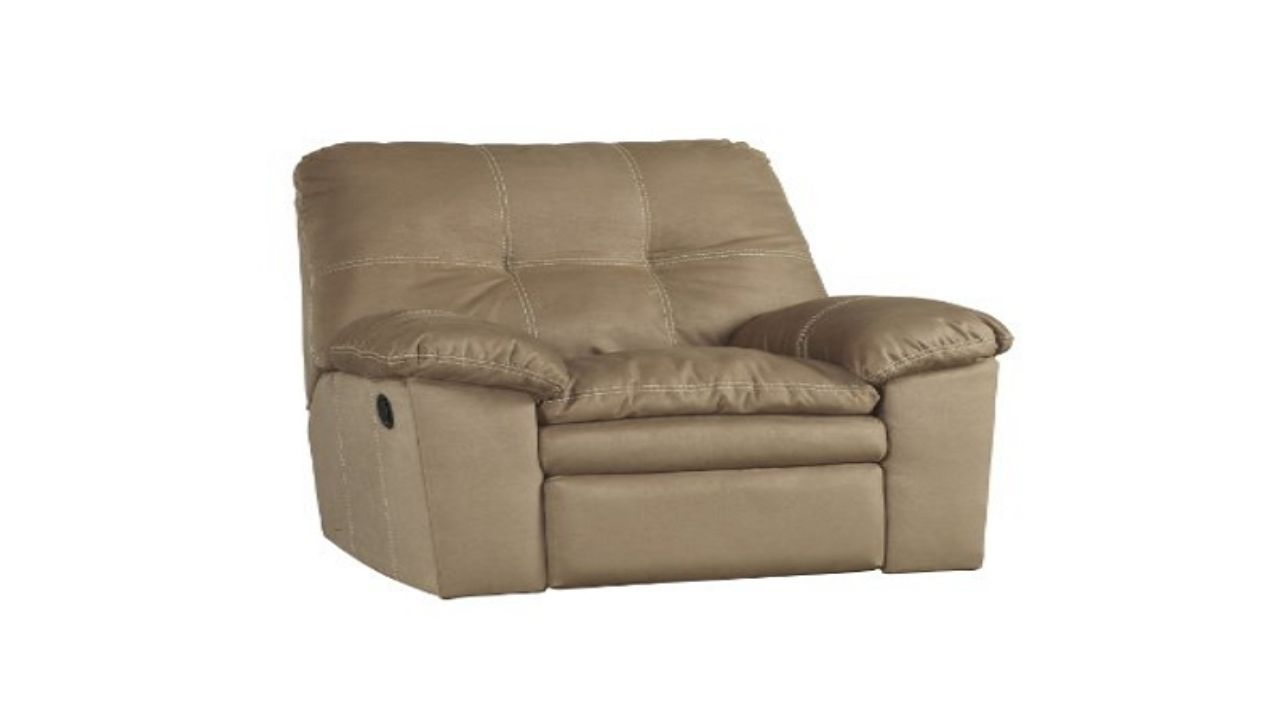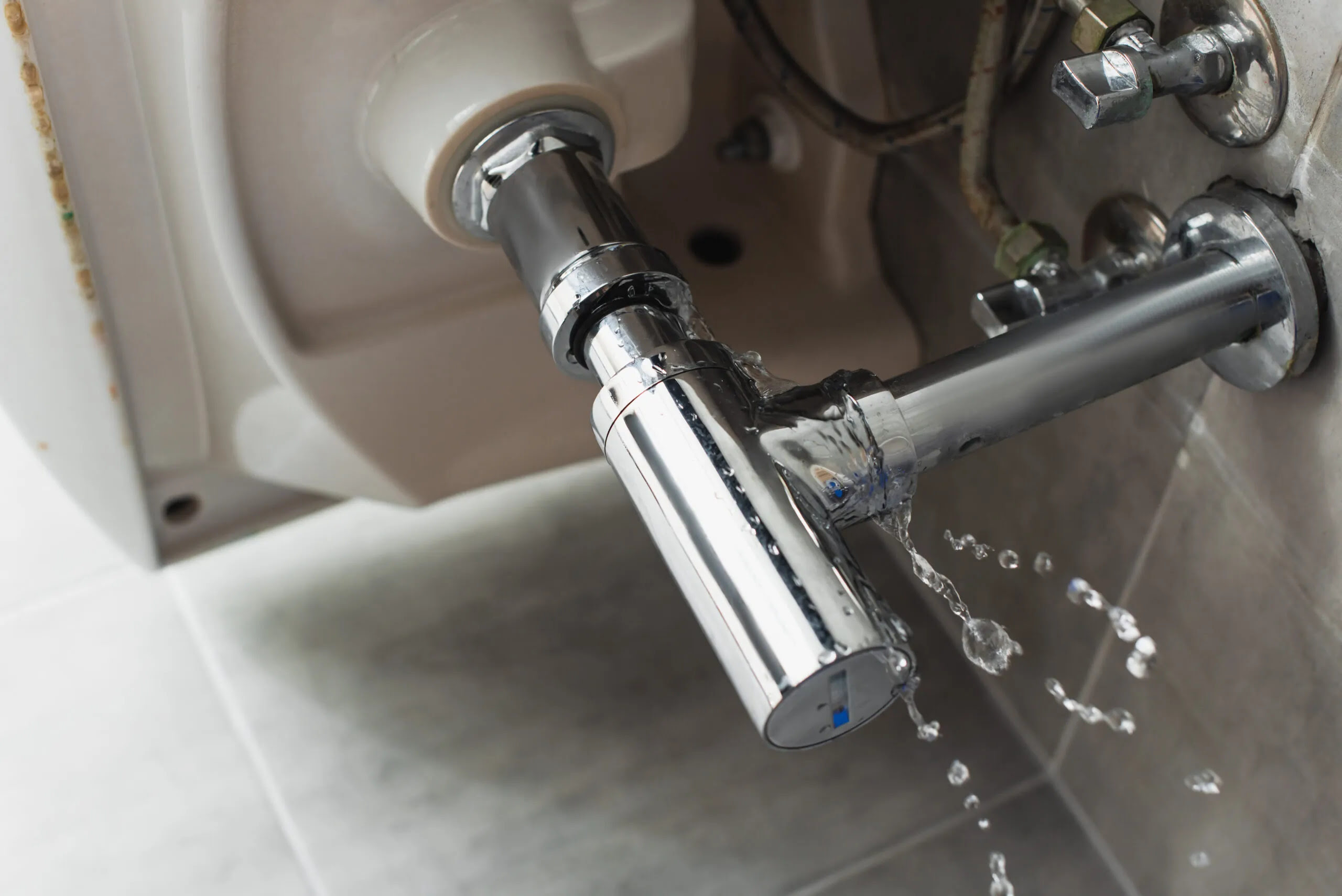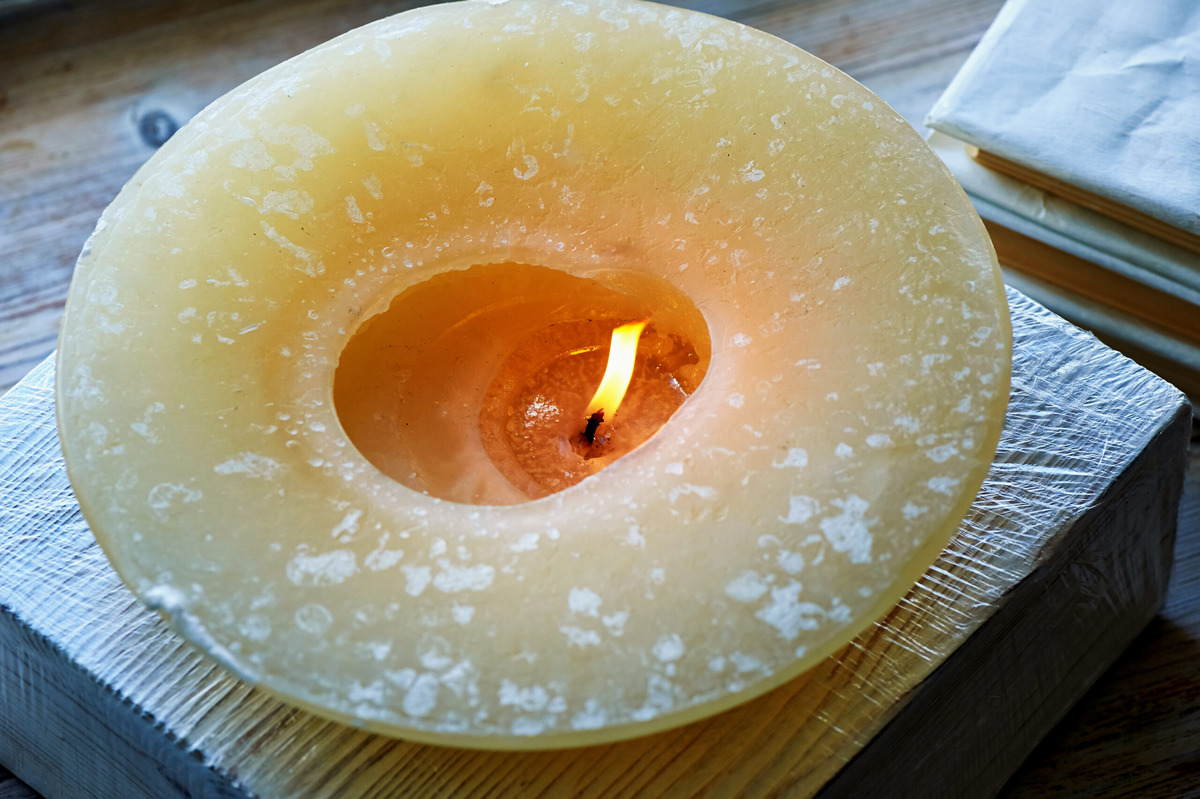

Articles
How To Stop Candles From Tunneling
Modified: January 8, 2024
Learn how to prevent candles from tunneling with these helpful articles. Find out how to ensure your candles burn evenly and last longer.
(Many of the links in this article redirect to a specific reviewed product. Your purchase of these products through affiliate links helps to generate commission for Storables.com, at no extra cost. Learn more)
Introduction
Candles are a beloved and popular choice for adding ambiance and warmth to any space. Whether you enjoy the soft glow during a cozy evening or the pleasant aroma that fills the air, candles can create a soothing and inviting atmosphere. However, nothing is more frustrating than lighting a candle only to find that it starts tunneling, leaving a rim of wasted wax around the edges, and rendering the candle unburnable. But fear not, as there are ways to prevent this unfortunate phenomenon and extend the life of your favorite candles.
In this article, we will delve into the concept of candle tunneling, the causes behind it, and provide practical tips on how to stop candles from tunneling. By following these suggestions, you can ensure that your candles burn evenly, fully utilize the wax, and continue to bring joy to your space for an extended period of time.
Key Takeaways:
- Prevent candle tunneling by trimming the wick, allowing a full melt pool, avoiding drafts, using a snuffer, and storing candles properly. Enjoy a longer-lasting, even burn for a more delightful candle experience.
- Consider using a candle warmer for a flameless option, ensuring even melting to prevent tunneling. Embrace the soothing ambiance and fragrance of candles without the frustration of uneven burns.
Read more: How To Stop Candles From Smoking
What is candle tunneling?
Candle tunneling refers to a common issue where a candle burns down the center, leaving a ring of unburned wax around the edges of the jar or container. This creates a tunnel-like formation, hence the term “tunneling.” The candle becomes unevenly burned, with wasted wax accumulating on the sides and the wick getting buried deep within the tunnel.
Candle tunneling can be frustrating for candle enthusiasts, as it decreases the overall burn time and diminishes the aesthetic appeal of the candle. Additionally, it can make it difficult to relight the candle once the wick gets buried in the tunnel, rendering the remaining wax unusable. Fortunately, there are several factors that contribute to candle tunneling, and by understanding these causes, you can take preventative measures to ensure a more even burn.
Causes of candle tunneling
There are several factors that can contribute to candle tunneling. By understanding these causes, you can take proactive steps to prevent tunneling and enjoy a more consistent and thorough burn.
- Improper wick trimming: When a candle is lit, the heat melts the wax around the wick, creating a pool of liquid wax that fuels the flame. If the wick is not properly trimmed before each use, it may be too long, causing the flame to burn too hot and resulting in uneven melting. This can lead to tunneling as the center of the candle melts faster than the edges.
- Insufficient burn time: Allowing a candle to burn for an adequate amount of time is crucial in preventing tunneling. If a candle is only lit for a short period and extinguished before the entire top layer of wax has melted, the next time it is lit, it is likely to continue burning down the center, creating a tunnel.
- Environmental factors: Drafts or air vents can disrupt the air flow around a candle, causing it to burn unevenly. When a candle is exposed to a draft, the flame may flicker and burn more rapidly on one side, resulting in tunneling. It is important to place candles in a location where they are protected from drafts and air vents.
- Improper extinguishing: Extinguishing a candle by blowing it out can create a draft that disrupts the burn pattern, contributing to tunneling. Using a candle snuffer or a lid to extinguish the flame minimizes the disturbance and helps maintain a more even burn.
- Improper storage: Storing candles in an environment with fluctuating temperatures or high humidity can cause the wax to soften and become unstable. This can lead to tunneling when the candle is lit, as the softened wax may melt unevenly. It is important to store candles in a cool, dry place to maintain their integrity.
- Use of candle warmers: Candle warmers are devices designed to melt the wax of a candle without lighting the wick. While they can be convenient, using a candle warmer can also contribute to tunneling if not used properly. If the wax is not melted evenly or completely, tunneling can occur when the candle is lit.
By being mindful of these potential causes, you can employ preventative measures to minimize or eliminate candle tunneling, allowing your candles to burn evenly and beautifully.
Tips for preventing candle tunneling
To ensure a more even and complete burn for your candles, follow these tips to prevent tunneling and maximize their burn time:
- Trim the wick before each use: Before lighting your candle, trim the wick to approximately ¼ inch. This helps control the rate at which the candle burns and prevents the flame from becoming too hot, reducing the risk of tunneling.
- Allow the candle to burn for a sufficient amount of time: When you light your candle, ensure that you allow it to burn for long enough to create a full melt pool (liquid wax reaching the edges of the container). This typically takes about 1 hour for every inch in diameter of the candle. Allowing the candle to burn for a sufficient amount of time prevents tunneling and encourages an even burn in the future.
- Avoid drafts or air vents: Place your candles in a location where they are protected from drafts or air vents. Air flow can disrupt the burn pattern and contribute to tunneling. Keep windows and doors closed, and avoid placing candles near fans or air conditioning vents.
- Use a candle snuffer or lid to extinguish the flame: Instead of blowing out the candle, use a candle snuffer or place the lid back on the container to extinguish the flame. This helps minimize the disturbance to the burn pattern, reducing the risk of tunneling.
- Store candles properly: Store your candles in a cool, dry place away from direct sunlight and extreme temperature changes. Fluctuations in temperature or high humidity can cause the wax to soften and become unstable, leading to tunneling when the candle is lit.
- Consider using a candle warmer: If you prefer not to light your candles, you can use a candle warmer to melt the wax and release the fragrance without actually burning the wick. However, make sure to evenly melt the wax in the warmer to prevent tunneling when you decide to use the wick.
By following these tips, you can significantly reduce the occurrence of tunneling and ensure that your candles burn evenly, allowing you to fully enjoy their beauty and fragrance.
Trim the wick before each use
One of the key steps in preventing candle tunneling is to trim the wick before each use. This simple habit can make a significant difference in the overall burn quality of your candle.
When a candle is lit, the heat of the flame melts the wax around the wick, creating a pool of liquid wax that fuels the flame. However, if the wick is too long, it can cause the flame to burn too hot and melt the wax unevenly. This can lead to tunneling, where the center of the candle burns down faster than the edges, resulting in wasted wax and an uneven burn.
To prevent tunneling, always ensure that the wick is trimmed to approximately ¼ inch before lighting your candle. Trimming the wick to the correct length allows for a controlled flame and even melting of the wax. You can use a wick trimmer or simply trim the wick with a pair of scissors.
By consistently trimming the wick before each use, you promote a more balanced and even burn for your candle. This not only prevents tunneling but also helps extend the overall burn time of the candle, allowing you to fully enjoy its fragrance and ambiance.
Remember, a well-trimmed wick is the key to maintaining the integrity and longevity of your candles. So, make it a habit to check and trim the wick before lighting your candles to prevent tunneling and ensure a beautiful and consistent burn.
Read more: How To Make A Candle From Old Candles
Allow the candle to burn for a sufficient amount of time
One common mistake that leads to candle tunneling is not allowing the candle to burn for a sufficient amount of time during each use. Allowing the candle to burn long enough is essential in ensuring a more even and complete burn.
When you first light a candle, it’s important to let it burn until a full melt pool forms. A melt pool refers to the layer of liquid wax that reaches the edges of the candle container or jar. This typically takes about 1 hour for every inch in diameter of the candle. Allowing the wax to melt all the way to the edges ensures that the full surface of the candle is utilized and reduces the chances of tunneling in subsequent burns.
If you only light the candle for a short period and then extinguish it before a proper melt pool forms, you set the stage for tunneling. The next time you light the candle, it will continue burning down the center, creating a tunnel of wasted wax along the sides.
To prevent tunneling, be patient and give your candle the time it needs to create a full melt pool. This allows for an even distribution of heat and ensures that the candle will burn consistently throughout its lifespan. Avoid the temptation to extinguish the candle prematurely, as it can lead to wasted wax and an uneven burn.
So, the next time you light a candle, make sure to allocate enough time for it to burn and form a complete melt pool. This simple practice will help prevent tunneling, extend the burn time of your candles, and optimize their overall performance.
To prevent candles from tunneling, always allow the wax to melt and pool to the edges of the container during the first burn. This will help the candle to burn evenly and prevent tunneling.
Avoid drafts or air vents
Drafts and air vents can significantly impact the quality of a candle’s burn and contribute to tunneling. It’s important to place your candles in a location where they are protected from air currents to ensure a more even and consistent burn.
When a candle is exposed to a draft or air vent, the air flow around the flame becomes disrupted. This can cause the flame to flicker and burn unevenly, leading to tunneling. The uneven burn pattern creates a tunnel-like formation, wasting wax along the edges and making it difficult to relight the candle in the future.
To avoid drafts, identify areas in your home where air currents are relatively calm. Keep windows and doors closed, as well as any fans or ventilation systems, while you’re enjoying your candles. Placing candles away from air vents or heating/cooling sources can also help maintain a more consistent burn.
If you notice a draft in the room where your candles are located, consider using decorative candle holders or lanterns to shield them from the air flow. This can act as a barrier and protect the flame from being easily disturbed by drafts, ensuring a more even burn.
By being mindful of the placement of your candles and avoiding areas with drafts or air vents, you can help prevent tunneling and ensure that your candles burn beautifully and evenly. Creating a calm and stable environment around your candles allows them to provide maximum enjoyment while minimizing wasteful tunneling.
Use a candle snuffer or lid to extinguish the flame
Properly extinguishing a candle is crucial in preventing tunneling and maintaining an even burn. Instead of blowing out the flame, consider using a candle snuffer or placing the lid back on the container to extinguish the flame.
Blowing out a candle can create a gust of wind that disrupts the burn pattern and contributes to tunneling. The sudden rush of air can cause the flame to flicker and burn unevenly, resulting in wasted wax along the edges of the candle.
A candle snuffer is a specifically designed tool that allows you to gently suffocate the flame, minimizing any disturbance to the burn pattern. By placing the snuffer over the flame and allowing it to go out on its own, you can effectively extinguish the candle while keeping the wax evenly distributed.
If a candle snuffer is not available, another option is to use the lid of the candle container. Simply carefully place the lid back on the jar, ensuring it is completely sealed. This helps smother the flame and keeps the wax in a balanced condition for the next burn.
By using a candle snuffer or lid to extinguish the flame, you can maintain the integrity of the wax and prevent tunneling. This practice eliminates the sudden disruption that blowing out a candle can cause, allowing for a more even and complete burn over time.
So, the next time you’re ready to extinguish a candle, reach for a candle snuffer or place the lid back on the container. By adopting this simple habit, you can enjoy a longer-lasting, evenly burning candle without the frustration of tunneling.
Store candles properly
Proper storage of candles is essential in preventing tunneling and maintaining their quality over time. Storing candles in the right conditions helps preserve their integrity and ensures a more even burn.
One of the key factors to consider when storing candles is the temperature. Extreme temperatures can cause the wax to soften or melt, leading to uneven burning and tunneling when the candle is lit. It is important to store candles in a cool, dry place where the temperature remains consistent. Avoid exposing them to direct sunlight or placing them near sources of heat, such as radiators or stoves.
In addition to temperature, it is important to consider the humidity level in the storage area. High humidity can also affect the performance of candles by softening the wax and making it more susceptible to tunneling. To prevent this, choose a storage location that has low humidity, such as a closet or cabinet away from areas with moisture, such as bathrooms or kitchens.
When storing candles, it is recommended to keep them upright to maintain their shape and avoid any potential warping or bending. If you have a large collection of candles, you can consider using candle storage containers or organizers to keep them organized and protected.
By storing your candles properly, you can preserve their quality and minimize the risk of tunneling. Maintaining a stable temperature and humidity level helps ensure that the wax remains firm and enables a more consistent burn when the candle is lit.
Remember, candles are delicate and susceptible to changes in their environment. By storing them in the right conditions, you can prolong their lifespan and enjoy a more optimal burning experience.
Read more: How To Stop A Bathtub From Draining
Consider using a candle warmer
If you prefer not to light your candles with a flame, another option to enjoy their fragrance and ambiance is to use a candle warmer. A candle warmer is a device designed to melt the wax of a candle without actually lighting the wick.
Using a candle warmer can be a great alternative to traditional burning, especially for those who have safety concerns or prefer flameless options. It can also help prevent tunneling and ensure a more even and complete burn for your candles.
When using a candle warmer, it’s important to follow a few key tips to prevent tunneling:
- Ensure even melting: Place your candle on the candle warmer and make sure the wax melts evenly. Avoid using a candle warmer that only heats the center of the candle, as this can lead to tunneling when the candle is subsequently burned.
- Use a shallow dish candle warmer: Consider using a candle warmer with a shallow, wide dish that allows for maximum surface area contact with the candle. This helps the wax melt evenly and prevents tunneling.
- Monitor the melt pool: Keep an eye on the melt pool created by the candle warmer, ensuring that it reaches the edges of the container. This will help prevent tunneling when you decide to use the wick for burning.
- Rotate the candle: If you notice that the wax is melting unevenly on the candle warmer, rotate the candle periodically to promote a more balanced melt pool. This will help prevent tunneling and create a smoother burn when the wick is eventually lit.
By using a candle warmer correctly and ensuring even melting of the wax, you can minimize tunneling and extend the overall burn time of your candles.
However, it’s worth noting that not all candles are suitable for use with a candle warmer. Some candles may have specific instructions or recommendations regarding their use. Always check the guidance provided by the candle manufacturer before using a candle warmer.
Ultimately, using a candle warmer can be a safe and effective way to enjoy your candles while preventing tunneling. It offers an alternative method to experience their fragrance and ambiance, giving you more flexibility in how you choose to use and enjoy your candles.
Conclusion
Candle tunneling can be a frustrating issue that diminishes the beauty and burn time of your candles. However, by implementing a few simple tips and practices, you can prevent tunneling and ensure a more even and complete burn for your favorite candles.
Start by trimming the wick before each use, ensuring it is approximately ¼ inch long. This allows for a controlled flame and prevents the wax from melting unevenly, reducing the risk of tunneling. Additionally, allow the candle to burn for a sufficient amount of time, creating a full melt pool that reaches the edges of the container. This promotes an even burn and prevents future tunneling.
Avoid drafts or air vents that can disrupt the burn pattern of the candle. Place your candles in a location where they are protected from air currents to maintain a consistent burn. When extinguishing the flame, use a candle snuffer or lid to minimize disturbances and prevent tunneling.
Proper storage of candles is also essential in preventing tunneling. Store candles in a cool, dry place away from extreme temperatures and high humidity. This helps maintain the integrity of the wax and ensures a more consistent burn when the candle is lit.
If you prefer flameless options, consider using a candle warmer. Follow the manufacturer’s instructions to achieve even melting and prevent tunneling. Candle warmers provide a safe alternative for enjoying the fragrance and ambiance of candles without the need for an open flame.
By incorporating these preventive measures into your candle care routine, you can enjoy the full beauty and longevity of your candles. Say goodbye to tunneling and say hello to a more enjoyable and consistent burn.
Remember, taking the time to properly care for your candles will enhance your overall experience and allow you to fully enjoy their soothing glow and captivating aromas.
Frequently Asked Questions about How To Stop Candles From Tunneling
Was this page helpful?
At Storables.com, we guarantee accurate and reliable information. Our content, validated by Expert Board Contributors, is crafted following stringent Editorial Policies. We're committed to providing you with well-researched, expert-backed insights for all your informational needs.
